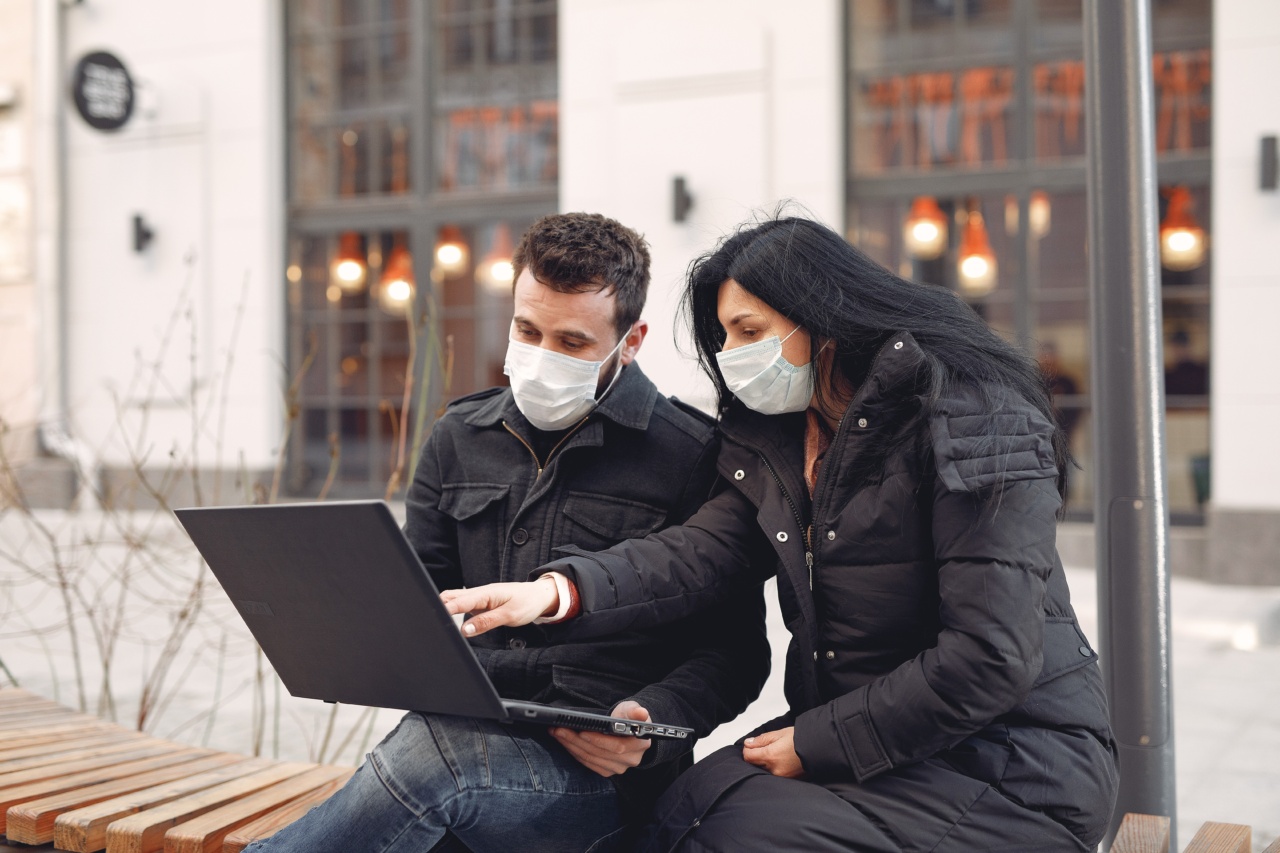The common cold is a viral infection of the upper respiratory tract that affects millions of people worldwide every year.
While most cases of the common cold are mild and self-limiting, certain strains of cold viruses can cause severe illness and even death in vulnerable populations such as the elderly and immunocompromised individuals. In this article, we will explore the most concentrated cold viruses and their images, along with their symptoms and treatment options.
Adenovirus
Adenoviruses are a common cause of cold-like illnesses, with over 50 different strains identified to date. These viruses can cause a wide range of symptoms, including fever, sore throat, cough, runny nose, and conjunctivitis or pink eye.
In severe cases, adenovirus infections can lead to pneumonia, bronchitis, and other respiratory illnesses. The image of adenovirus looks like a small, round, non-enveloped virus with spikes on its surface.
Rhinovirus
Rhinoviruses are the most common cause of the common cold, responsible for up to 50% of all colds. These viruses thrive in the lower temperature of the nasal passages, which is why colds are more common in cooler months.
Rhinoviruses typically cause mild symptoms, such as runny nose, nasal congestion, sneezing, sore throat, and cough. The image of rhinovirus looks like an icosahedral with its surface covered with spikes.
Coronavirus
Coronaviruses are a large family of viruses that cause illnesses ranging from the common cold to severe respiratory diseases such as SARS and COVID-19.
The image of coronavirus looks like a spherical or pleomorphic virus with a characteristic crown-like spike on its surface. Common symptoms of coronavirus infection include fever, cough, shortness of breath, sore throat, and body aches. In severe cases, coronavirus can lead to respiratory failure, pneumonia, and death.
Influenza virus
Influenza viruses are responsible for the seasonal flu, which affects millions of people every year.
These viruses are highly contagious and can cause severe illness, especially in vulnerable populations such as young children, elderly adults, and immunocompromised individuals. The image of influenza virus looks like a pleomorphic virus with a characteristic envelope and spiky projections on its surface.
Common symptoms of influenza infection include fever, cough, sore throat, runny or stuffy nose, body aches, chills, and fatigue.
Respiratory syncytial virus
Respiratory syncytial virus (RSV) is a common cause of respiratory infections in young children, especially infants.
These viruses can cause mild cold-like symptoms, but in severe cases, they can lead to bronchiolitis, pneumonia, and other respiratory illnesses. The image of RSV looks like a spherical or pleomorphic virus with spikes on its surface. Symptoms of RSV infection include fever, cough, runny nose, wheezing, and rapid breathing.
Enterovirus
Enteroviruses are a diverse group of viruses that can cause a variety of illnesses, including the common cold, meningitis, encephalitis, and hand-foot-and-mouth disease. The image of enterovirus looks like a small, round virus with a smooth surface.
Symptoms of enterovirus infection depend on the specific virus involved but can include fever, rash, sore throat, runny nose, diarrhea, and vomiting.
Parainfluenza virus
Parainfluenza viruses are a group of viruses that cause cold-like symptoms, croup, and pneumonia in young children. These viruses can also cause upper respiratory infections in adults, especially those with weakened immune systems.
The image of parainfluenza virus looks like a spherical or pleomorphic virus with spikes on its surface. Common symptoms of parainfluenza infection include fever, cough, runny nose, and hoarseness or croup.
Human metapneumovirus
Human metapneumovirus (HMPV) is a common cause of respiratory infections in young children and older adults. These viruses can cause cold-like symptoms, bronchitis, and pneumonia.
The image of HMPV looks like a spherical or pleomorphic virus with spikes on its surface. Symptoms of HMPV infection include fever, cough, runny nose, and shortness of breath.
Human bocavirus
Human bocavirus (HBoV) is a virus that was first identified in 2005 and is now recognized as a common cause of respiratory infections, especially in young children.
The image of HBoV looks like a spherical or pleomorphic virus with spikes on its surface. Symptoms of HBoV infection include cough, fever, runny nose, and wheezing.
Human parvovirus B19
Human parvovirus B19 is a virus that can cause a variety of illnesses, including the common cold, fifth disease, and arthropathy. The image of parvovirus B19 looks like a small, non-enveloped virus with a smooth surface.
Symptoms of parvovirus B19 infection include fever, rash, joint pain, and swelling.
Treatment options
There is no cure for the common cold, and antibiotics are not effective against viral infections. Treatment options for cold-like symptoms include over-the-counter medications such as decongestants, cough suppressants, and pain relievers.
Rest, hydration, and humidification of the air can also help alleviate symptoms. In severe cases, antiviral medications may be prescribed, but they are generally reserved for high-risk individuals such as those with compromised immune systems or severe underlying medical conditions.
Prevention strategies
The best way to prevent colds and other respiratory infections is to practice good hygiene, such as washing hands frequently with soap and water, avoiding close contact with sick individuals, and covering coughs and sneezes with a tissue or elbow.
Getting a flu vaccine can also help protect against influenza viruses. Additionally, staying healthy through proper nutrition, exercise, and sleep can help boost the immune system and reduce the risk of infection.






















